How is it remedied?
Let’s face it, whatever increase in wages employees have received or sales generated by most Small to Medium Enterprises (SME), their bottom line has flattened due to an equal or sometimes higher inflation rate simultaneously applied on goods and services for at least the last 20 years. This decreased buying power dwindles most people’s potential to live within their means. Home prices, for example, have become unaffordable to most, while the cost of food, another basic need, has substantially risen due to a high rate of inflation across many countries. Unfortunately, this never-ending cycle in a financial system serving its ends, not humankind’s, can only lead to an increasing lack and poorer societies.
The question that begs an answer is, “Why is this happening?”—followed by perhaps an even more important one, “How is it remedied?”. This project has considered these questions and found a way to transform them into remedies. Simply put, the refined and efficient solution is to take the rising cost of living and apply it to a system that works for the VTB users (community members) instead of against them. In this way, such community members can buy goods and services, food, housing, etc., in a safe, secure, and abundant manner using a new infrastructure built on blockchain.
Most debates about money are philosophical, but the real question is, “Are people willing to adopt positive changes?” or “What are they willing to accept in exchange for labor and or products?”. Recently, people in prominent positions are now accepting Bitcoin for their wages. Realizing that fiat money is only backed by debt, would everyone be willing to continue using it, even at a loss? Or would they happily switch to a medium of exchange based on growth and abundance? A brilliant person once said about finance and banking, “These are man-made rules; they are not natural laws, such as gravity.”
It means that humans can create any exchange system for their goods and services. VTB has created a system that will generate abundance for its users and holders.
In short, the VTB contribution to the digital money ecosystem is integrated into existing technologies utilizing a “layer-2” methodology using a sidechain pattern to ensure uncompromised security and stability. Moreover, this innovative system utilizes Ethereum and IPFS technologies to back up its data with transparency. In this manner, VTB provides a secure environment. For those already acquainted with cryptocurrencies, it is similar to an NFT where a token can be seen in a decentralized environment by accessing IPFS addresses through Etherscan. This transformation to the next level of digital money, assets and wealth was inspired by the now renowned giants, such as Bitcoin and Ethereum. Now is a time for the next generation of cryptocurrencies to meet the financial demand of the world with projects like VTBCommunity.

